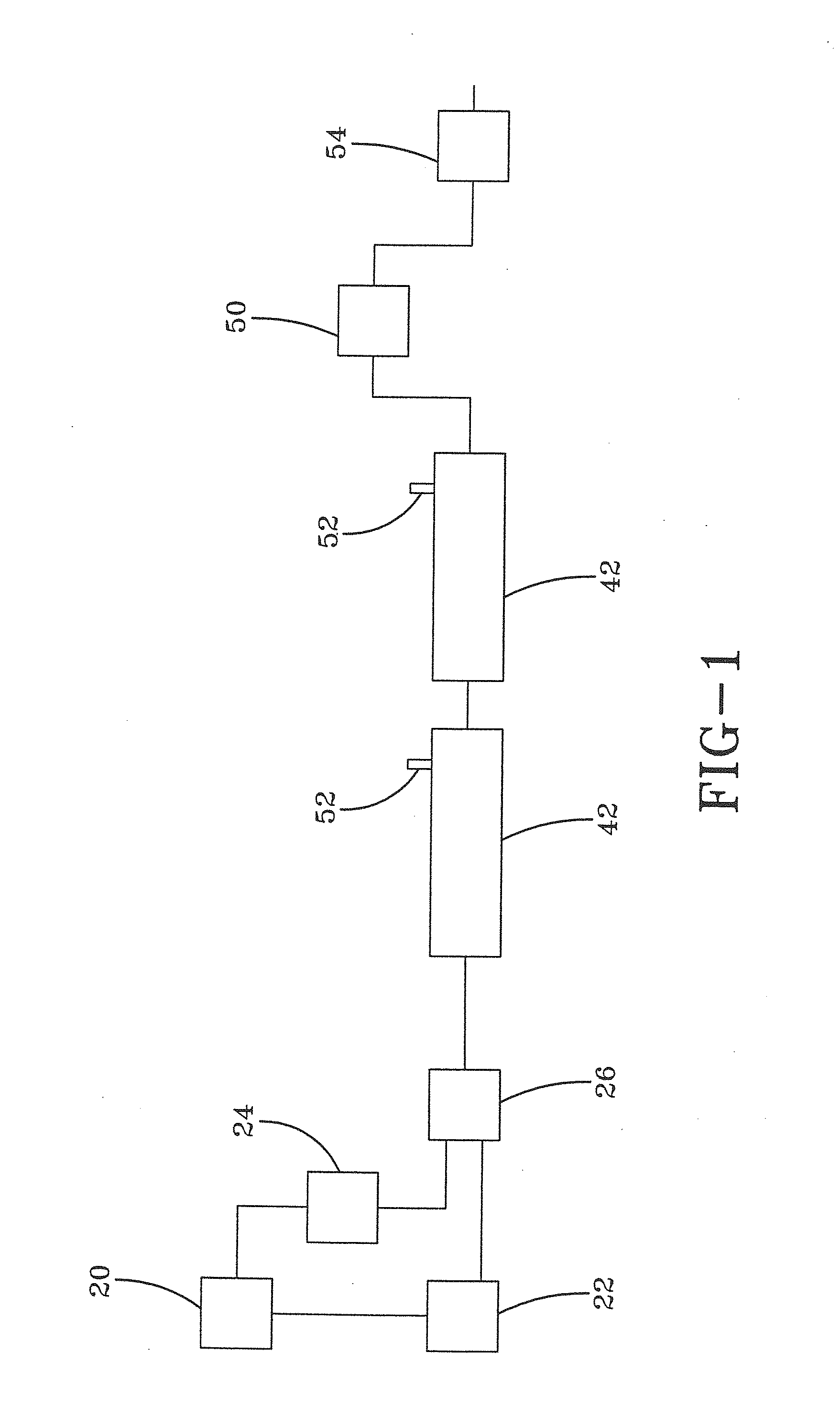Wall base and formulation for making the same
a technology for building construction materials and wall bases, applied in the field of compositions or formulations for building construction materials, can solve the problems of many conventional improvements that are cost-prohibitive or difficult to manufacture, and many formulations that are not easily recyclable and do not contain a rapid renewable content, etc., and achieve the effect of sufficient softness and flexibility
- Summary
- Abstract
- Description
- Claims
- Application Information
AI Technical Summary
Benefits of technology
Problems solved by technology
Method used
Image
Examples
example 1
General Formulation
[0108]
Wall baseformulationMaterial descriptionMaterial Example(parts)EPDMNORDEL ®10-33 Olefinic plasticENGAGE ®25-80 Polymeric vegetableFACTUS ®0-35plasticizerColor (if necessary)Ultramarine blue0-1 Compatibilizer / EXXALOR ®0-25tear strengthimproverRenewable fillerOyster shell / walnut shell 0-100Curing agentLOTADER ®0-10PlasticizerParaffin / mineral oil0-25Flame retardantVERSIFY ® / ALUMINA ®25-150Adhesion promoterELAVAX ®10-20 AdhesivePine rosin2-10Char formerMELAPUR ®5-20Smoke suppressantZinc borate5-30Weight reducersGlass bubbles0.05-3 and / or EXPANCEL ®
example 2
[0109]Top Coat:
93B1MATERIALPHR%Batch1INNOES ® R01c-002012.6518234.791VISTAMAXX61022515.8147843.491ENGAGE ® 8130159.48886626.091EXXALOR ® 102031.8977735.22VERSIFY ® 23003522.1406960.89Multibatch Dow42.5303646.96Corning ® MB50-001 Masterbatch1color0.80.5060731.391DOVERPHOS ®0.40.2530360.70S42000.004ATH ® SB 362012.6518234.7900.002VERTEX ® 60 or22.514.233339.1490SV00.003VANFRE ® AP23.752.3722176.52Special3Zinc Borate AZ4677.54.74443313.0500.003DOVERNOX ® 100.50.3162960.87000.00158.08100275.00
[0110]Back Layer:
97DNon-halogenated 50%Rubber BacklayerMaterialPHR%PoundsENGAGE ® 8130 / -4011.16%66.74107143TAFMER ®VISTALON ® 7224011.16%66.74107143Butyl 065 / EPDM102.79%16.68526786ESCORENE ® UL 7710205.58%33.37053571Alumina SB3697.527.20%162.6813616DOVERPHOS ® S4800.10.03%0.166852679Oil (Factus)51.40%8.342633929Lotader GMA3.751.05%6.256975446LOTADER ® 3430 (MAH)3.751.05%6.256975446VERTEX ® (MgOH)5515.35%91.76897321mineral oil154.19%25.02790179AZ467 Zinc Borate154.19%25.02790179walnut shell92.51%15....
PUM
| Property | Measurement | Unit |
|---|---|---|
| specific gravity | aaaaa | aaaaa |
| specific gravity | aaaaa | aaaaa |
| thickness | aaaaa | aaaaa |
Abstract
Description
Claims
Application Information
 Login to View More
Login to View More - R&D
- Intellectual Property
- Life Sciences
- Materials
- Tech Scout
- Unparalleled Data Quality
- Higher Quality Content
- 60% Fewer Hallucinations
Browse by: Latest US Patents, China's latest patents, Technical Efficacy Thesaurus, Application Domain, Technology Topic, Popular Technical Reports.
© 2025 PatSnap. All rights reserved.Legal|Privacy policy|Modern Slavery Act Transparency Statement|Sitemap|About US| Contact US: help@patsnap.com

